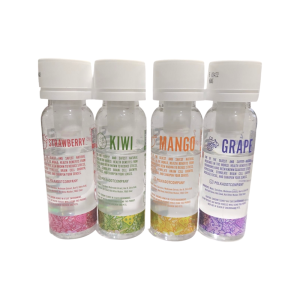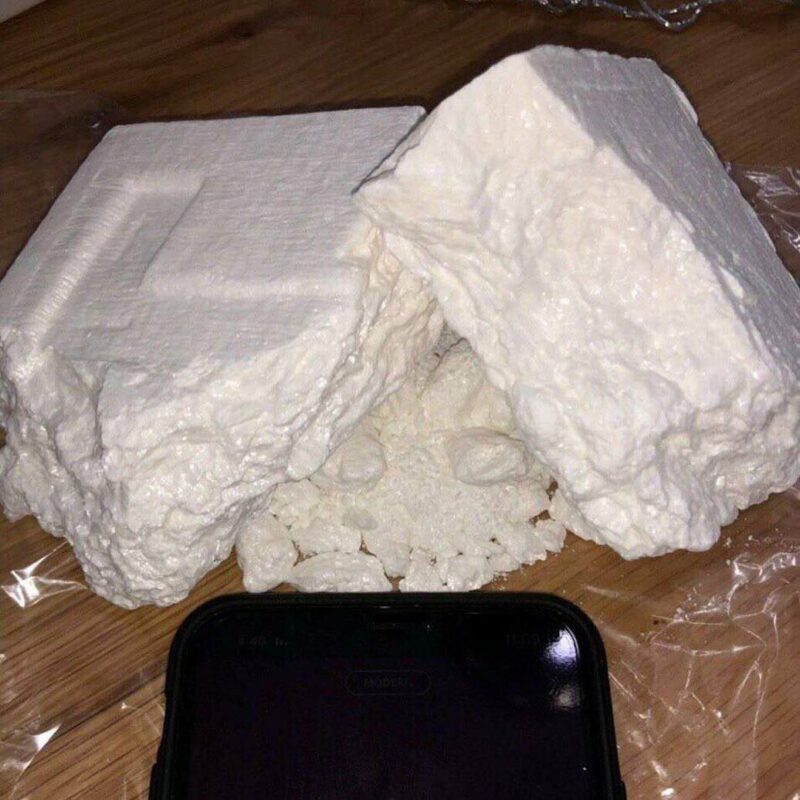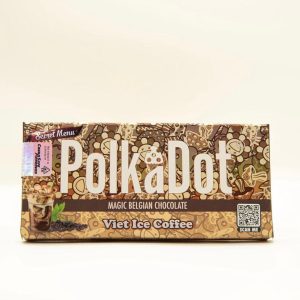Cannabis concentrate (also called marijuana concentrate, marijuana extract, or cannabis extract) is a tetrahydrocannabinol (THC) and/or cannabidiol (CBD) concentrated mass. Cannabis concentrates contain high THC levels that range from 40% to over 90%,[1][2] stronger in THC content than high-grade marijuana, which normally measures around 20% THC levels.
Volatile solvents, such as ethanol, butane, propane or hexane, may be used to prepare extracts, possibly to fire and explosion hazards in uncontrolled environments.[3][4][5] Supercritical fluid extraction using carbon dioxide (CO2) alleviates concerns of fire and explosion and results in a high-quality product.[6]
Legally produced concentrates for retail sale in legalized U.S. states are often packaged in small lip-balm sized containers.[5]
Colorado
In Colorado, the Marijuana Enforcement Division (MED) regulates almost every facet of the cannabis seed-to-sale process. There are heavy regulations on the containers that hold the concentrate: containers must be child-resistant, opaque, and have a multitude of legal text warning the consumer of the risks of consumption. MED also regulates the creation or extraction of cannabis extract.[7]
List of concentrates
Common types of cannabis concentrate:[3][8][9][10]
- Badder/budder
- Cannabis flower essential oil
- Caviar (moon rocks) – Cannabis buds dipped in or sprayed with hash oil, then rolled in kief.
- Crumble
- Crystalline
- Distillate
- Dry sift
- Hashish or hash – a cannabis concentrate traditionally made by drying the cannabis plant and beating the dried female plant material over a series of screens and then sifting, collecting, and pressing the particles.
- Bubble hash – water-purified hashish
- Charas – a cannabis concentrate created by expressing the flower of Cannabis Indica between the hands and removing the residue.
- Hash oil
- Fully extracted cannabis oil[11]: 80–81
- Butane hash oil (BHO)
- CO2 oil
- Honeycomb
- Kief
- Live resin[12]
- Pull and snap
- Rosin
- Shatter
- Taffy
- Terp sauce
- Tincture of cannabis
- Wax
The major difference between live resin and other cannabis concentrates lies in the way they are produced. The manufacturing of live resin involves fresh, live cannabis either freshly harvested or flash-frozen cannabis. This helps protect plant’s content matter, aroma and flavor.
References
- ^ “Safety with THC concentrates”. State of Colorado. Retrieved May 13, 2022.[1]
- ^ Cannabis (Marijuana) Concentrates DrugFacts, National Institute on Drug Abuse (NIDA), June 2020, retrieved May 13, 2022,
Solvent-based products tend to be especially potent, with THC levels documented at an average of about 54-69% and reported to exceed 80%, while non-solvent based extraction methods produce average THC levels between 39-60%.
- ^ Jump up to:a b DEA 2014.
- ^ Small 2016.
- ^ Jump up to:a b Angela Bacca (January 12, 2015), “Is Cannabis Extraction the Future of a Multi-Billion Dollar Industry?”, San Francisco Chronicle
- ^ Backes & Weil 2017, p. 143.
- ^ “Colorado Retail Marijuana Laws” (PDF). Colorado Department of Revenue. 2018.
- ^ “Why marijuana concentrates are cause for confusion”. The Cannabist. June 18, 2015.
- ^ “Concentrate! Here’s the Difference Between Shatter, Budder, Crumble and More”.
- ^ “Cannabis Concentrates Guide: THC Oils, Hash, Wax, Shatter & Dabs”. 9 October 2019.
- ^ Dach, J.; Moore, E.A.; Kander, J. (2015). Cannabis Extracts in Medicine: The Promise of Benefits in Seizure Disorders, Cancer and Other Conditions. McFarland Health Topics. McFarland, Incorporated, Publishers. ISBN 978-1-4766-2111-1.
- ^ Slang Terms and Code Words: A Reference for Law Enforcement Personnel (PDF) (Report). Drug Enforcement Administration. July 2018. p. 6. DEA-HOU-DIR-022-18. Retrieved 8 February 2019.
Sources
- What You Should Know About Marijuana Concentrates (Also Known as THC Extractions) (PDF) (brochure), United States Department of Justice Drug Enforcement Administration, December 2014
- Small, Ernest (November 2016), Cannabis: A Complete Guide, CRC Press, ISBN 978-1498761635
- Backes, M.; Weil, A. (2017). Cannabis Pharmacy: The Practical Guide to Medical Marijuana — Revised and Updated. Hachette Books. ISBN 978-0-316-55572-2.
- “Code of Colorado:Retail Marijuana Laws” (PDF). Colorado Department of Revenue : Marijuana Enforcement Division. Secretary of State of Colorado. 2018.
Showing 1–12 of 30 results
-

Clementine Chem Sticky Saucy Diamonds
€45.00 Add to cart
Add to cart
-
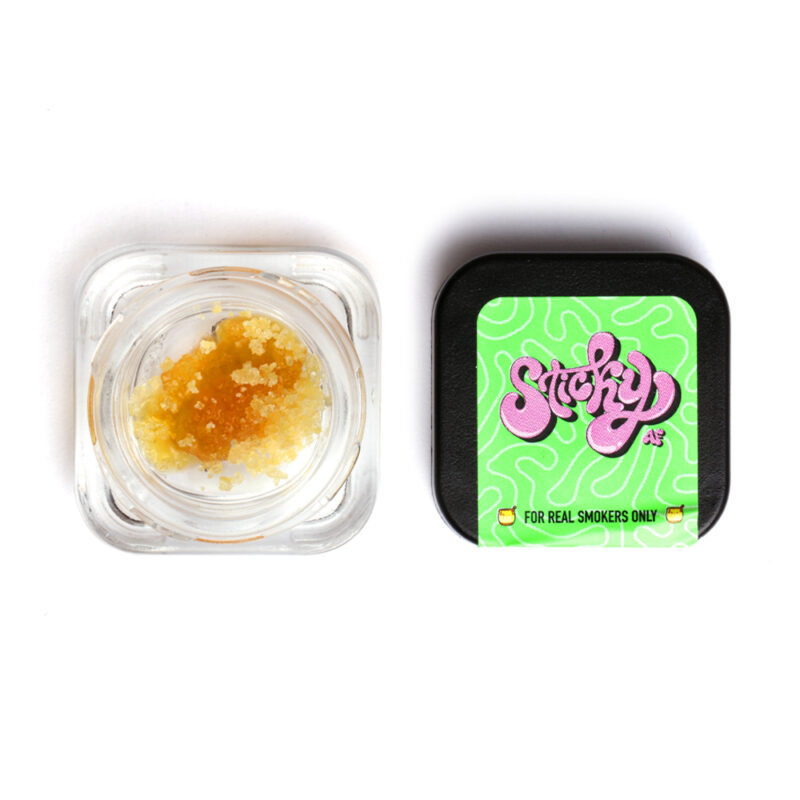
Clementine Chem Sticky Saucy Diamonds
€45.00 Add to cart
Add to cart
-
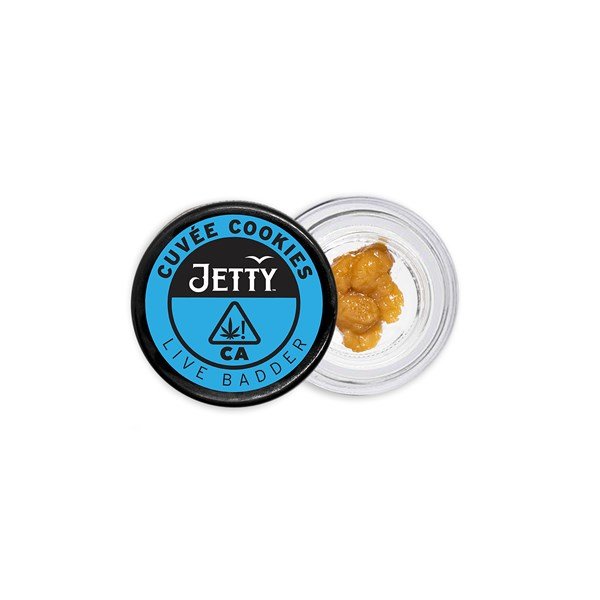
Cuvee Cookies Live Badder – 1 Gram
€3,681.00 Add to cart
Add to cart
-
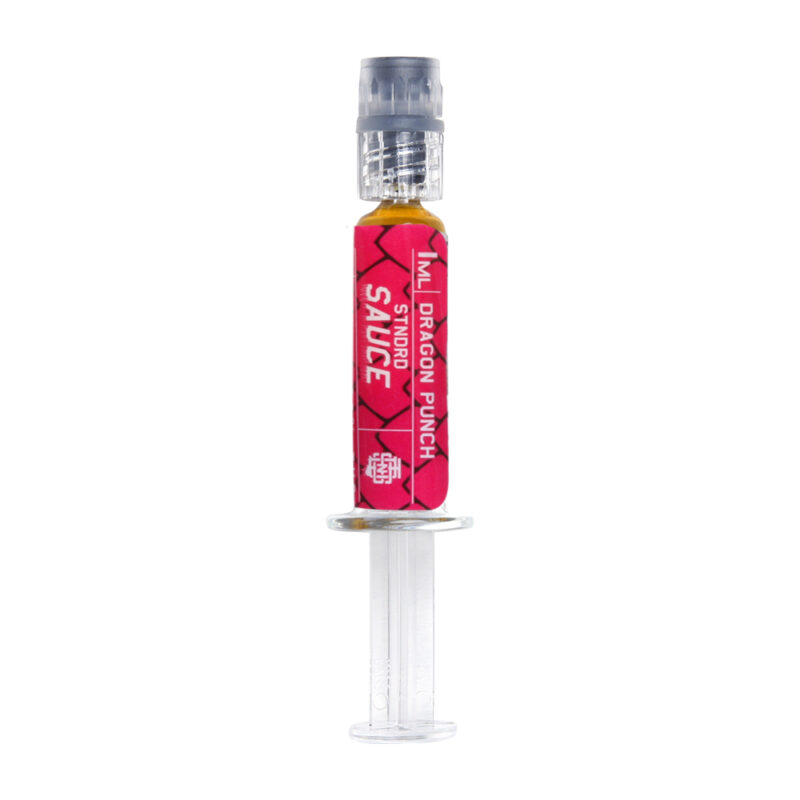
Dragon Punch Live Resin Sauce Syringe
€55.00 Add to cart
Add to cart
-

Dragon Punch Live Resin Sauce Syringe
€55.00 Add to cart
Add to cart
-

G4 OG Live Badder – 1 Gram
€65.00 – €1,400.00 Select options
This product has multiple variants. The options may be chosen on the product page
Select options
This product has multiple variants. The options may be chosen on the product page
-

Gelato Shatter – 1 Gram
€65.00 – €1,400.00 Select options
This product has multiple variants. The options may be chosen on the product page
Select options
This product has multiple variants. The options may be chosen on the product page
-
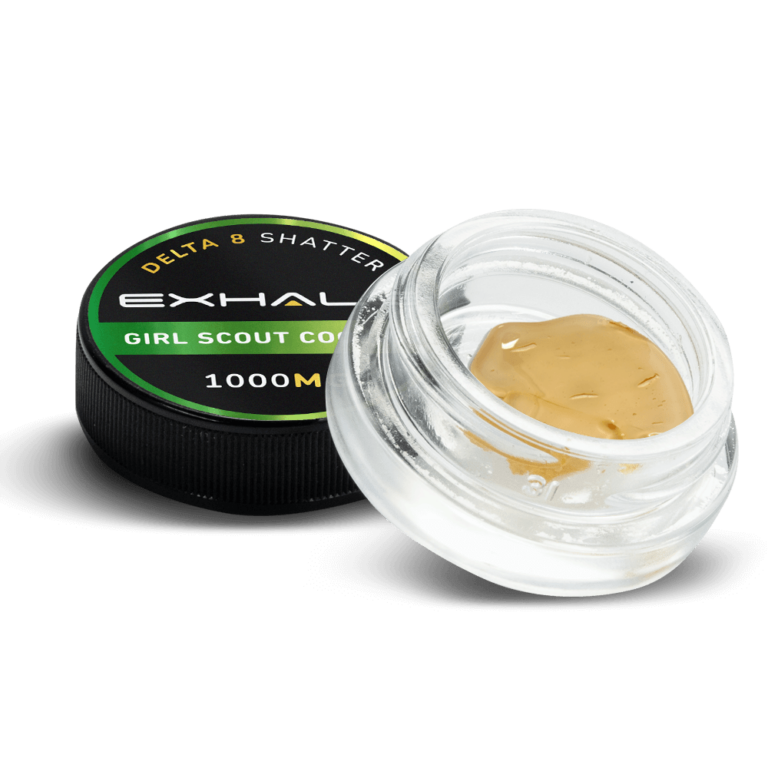
GIRL SCOUT COOKIES
€70.00 – €1,400.00 Select options
This product has multiple variants. The options may be chosen on the product page
Select options
This product has multiple variants. The options may be chosen on the product page
-
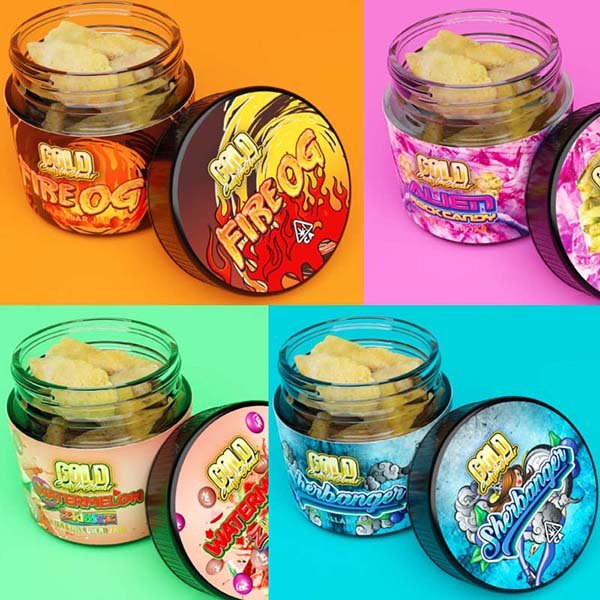
Gold Coast Clear Launch Edition Premium Concentrates
€250.00 – €174,080.00 Select options
This product has multiple variants. The options may be chosen on the product page
Select options
This product has multiple variants. The options may be chosen on the product page
-
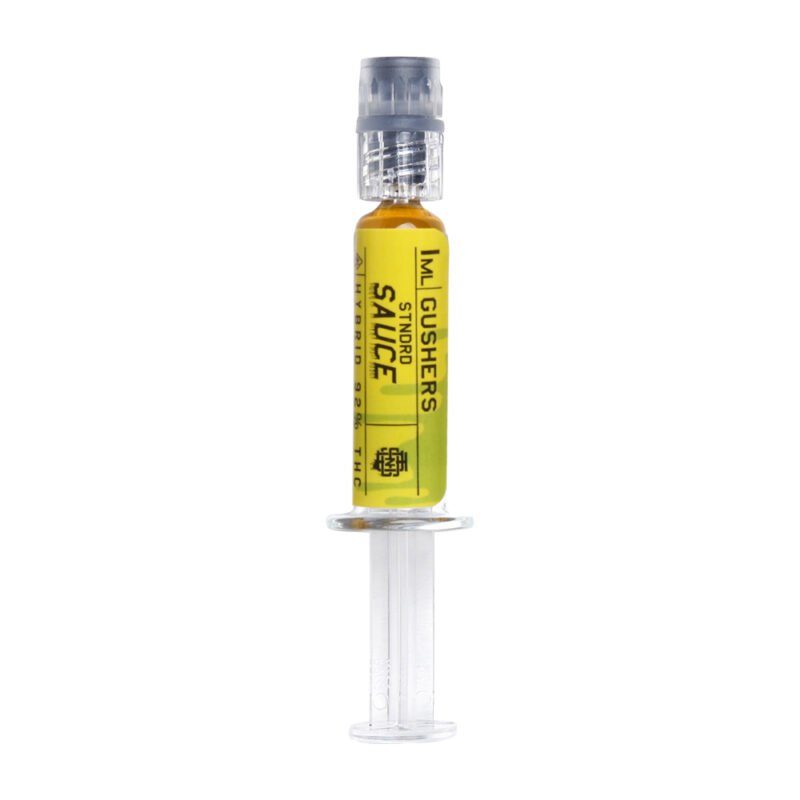
Gushers Live Resin Sauce Syringe
€55.00 Add to cart
Add to cart
-
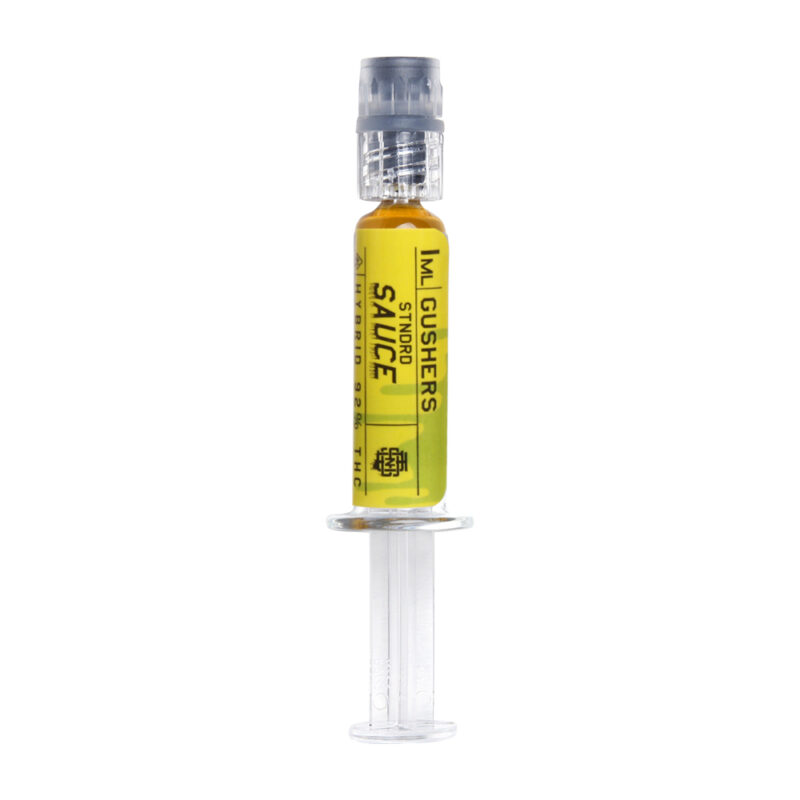
Gushers Live Resin Sauce Syringe
€55.00 Add to cart
Add to cart
-
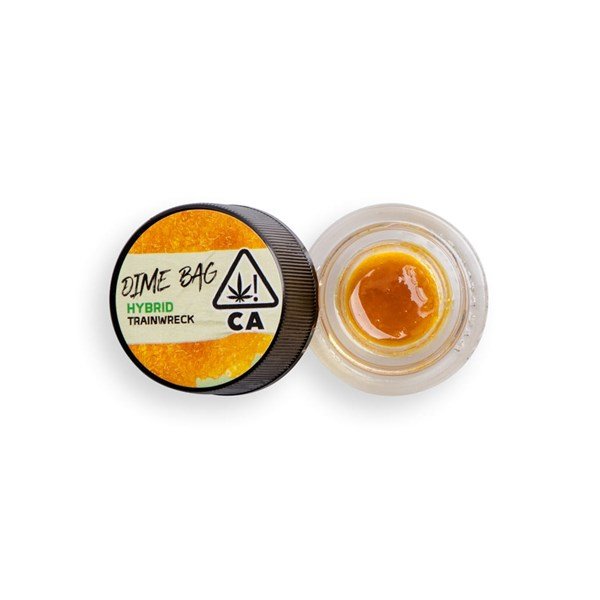
Hybrid Live Resin – 1 Gram
€60.00 – €1,500.00 Select options
This product has multiple variants. The options may be chosen on the product page
Select options
This product has multiple variants. The options may be chosen on the product page
